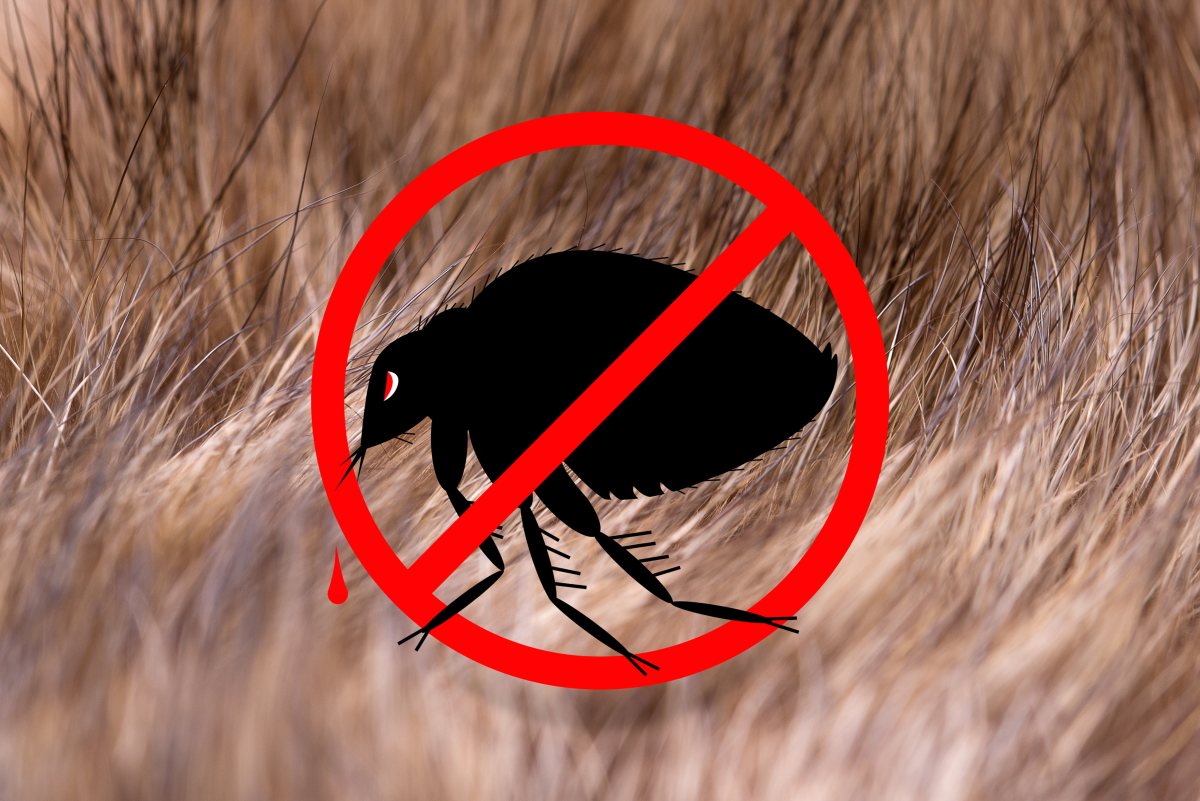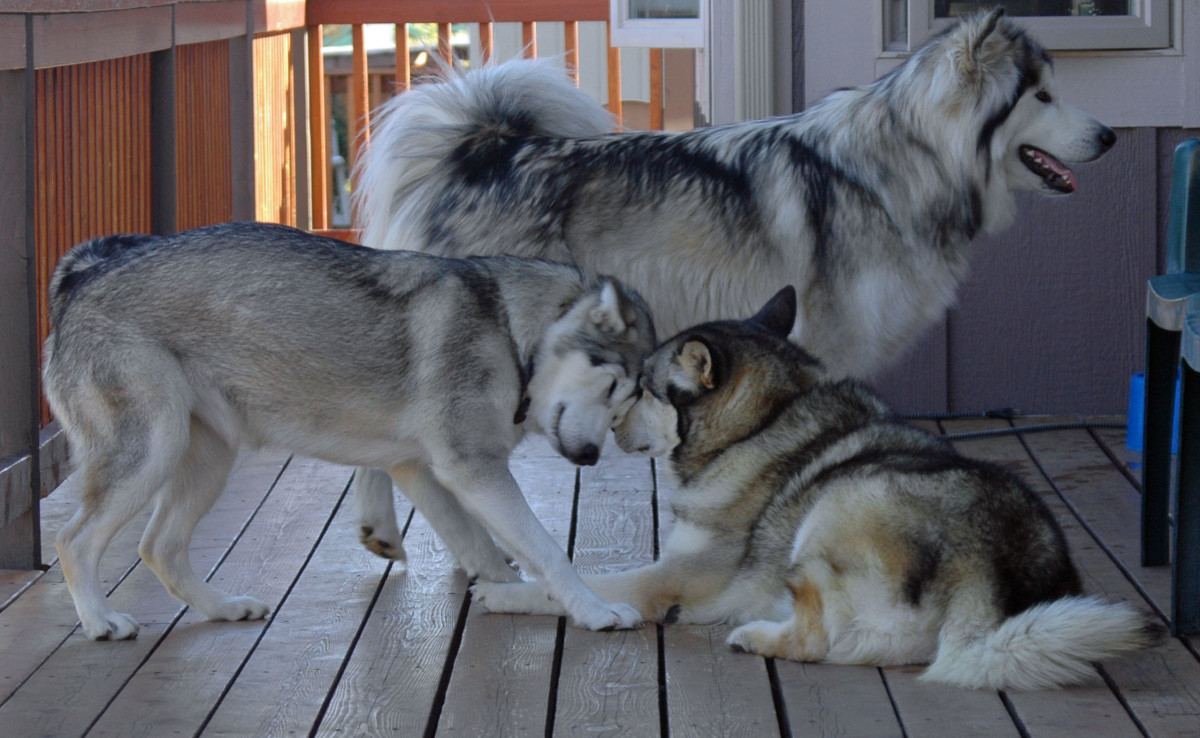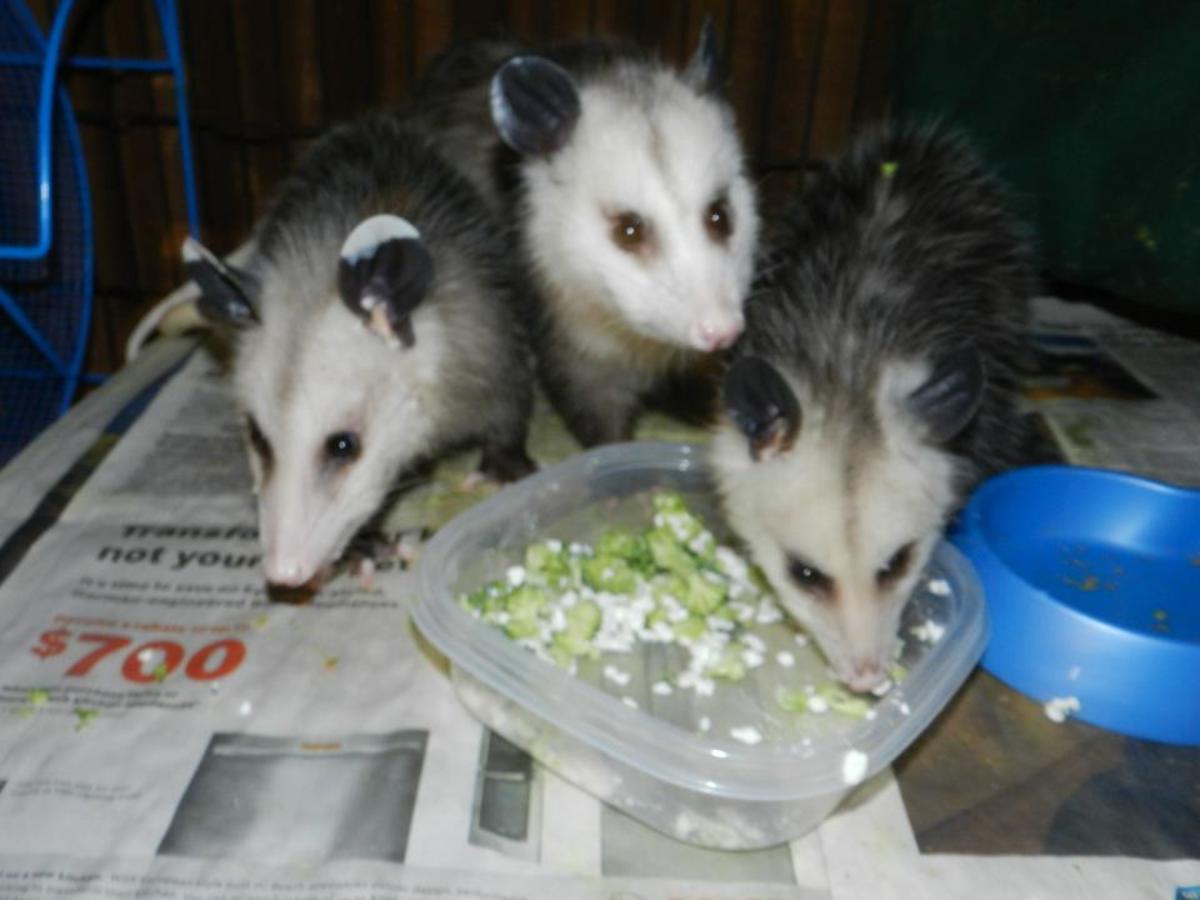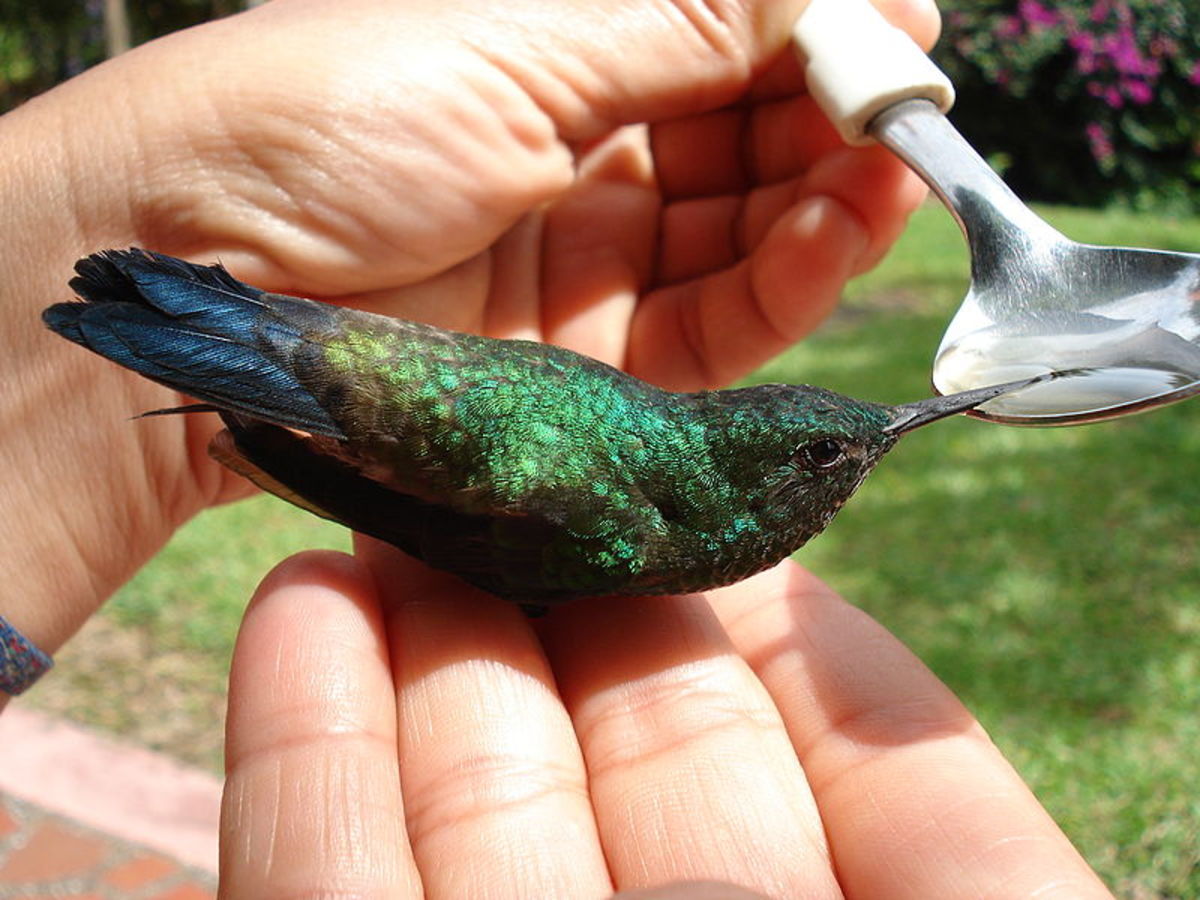Avoid Two Chemicals in Flea and Tick Products

Chemicals Harm Pets and Family
Two chemicals found in pet flea and tick products have been found to be fatal in some cases and in other cases caused seizures or, at the very least, skin problems and other adverse effects. These flea and tick products include: spot on treatments, collars, sprays, powders, and shampoos. The chemicals found in these flea and tick products not only affect your pets, but also small children, as well as pregnant women who are more susceptible than other adults.
All sections of the page are copyrighted. Article first appeared on Yahoo Voices when I worked there.

Tetrachlorvinphos aka TCVP
It belongs to a group of organophosphate insecticides, or called OPs, and TCVP is the only one left on the market in the USA still in production in pet products as of this writing. TCVP effects the nervous system by interfering with acetylcholinesterase, an essential enzyme which normally controls messaging between nerve cells. The U.S. Environmental Protection Agency (EPA) has determined this type of chemical to likely be carcinogenic to humans, yet still allows the sale and use of the chemical. It is especially dangerous for cats since they do not have the enzymes to metabolize or detoxify OPs. Since cats lick their whole body when bathing, this dermal application would then become ingested as well. Horses too have had adverse effects with TCVP feed-through products, which decrease cholinesterase levels, and it is this inhibition that has caused symptoms such as abdominal pain, lethargy, tearing, excessive salivation, and sweating. There are less studies as it relates to dogs; however, there are still complaints by consumers, and the National Resource Defense Council (NRDC) still cautions against the use of TCVP with dogs. The National Library of Medicine's (NLM) Toxnet site has a database on chemicals including the page on TCVP.
The International Agency for Research on Cancer (IARC) met in March of 2015 and those 17 experts from 11 countries assessed several pesticides including TCVP. The World Health Organization's special cancer agency IARC published their results online and again was re-printed May 2015 in Volume 16, No. 5, p490–491, of the science journal The Lancet Oncology and the results also appeared in Time Magazine. They found TCVP to present both renal tubule and hepatocellular tumours (benign or malignant) as well as spleen haemangioma in mice. Although there is limited reports on damage to humans, the European Union has banned this pesticide already but the US has not. Although the group has not found conclusive evidence on cancer in humans, it is still considered a hazardous substance and some of the U.S. individual states like New Jersey have it listed on their Department of Health website as hazardous. California's own statewide EPA's Office of Environmental Health Hazard Assessment or OEHHA plans to list TCVP and several other pesticide chemicals as "known to be cancerous" under Proposition 65. California's Prop 65 is for the Safe Drinking Water and Toxic Enforcement Act of 1986. Even with states jumping on board and Europe's EU saying no way, the US government agency EPA still denies the ban of TCVP as of November 2014.
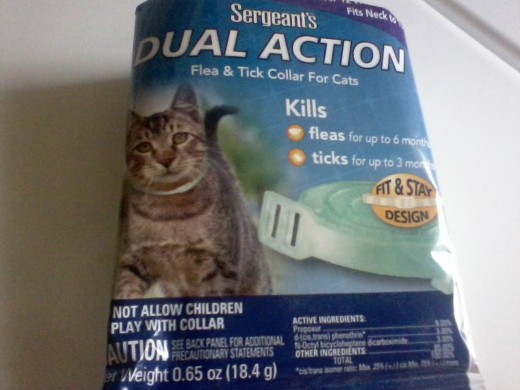
Propoxur Unsafe for Pets
Propoxur is a type of carbamate and is listed for humans as a group B2 probable carcinogen, and for animals it is a confirmed carcinogen based on the Hazardous Substances Database (HSDB) on the U.S. National Library of Medicine's Toxnet site. Although there have not been any cases yet with cancer in humans, it can still do some damage such as the inhibition of red blood cells with ingestion and many other problems are presented with inhalation exposure as well. The bigger problem here, of course, is the pet who would have long-term or repeated exposure by licking itself. Although dogs do not bathe themselves like cats, dogs too engage in paw licking and the licking and smelling of other dogs. The dermal application or topical treatment would not be the only way pets would become exposed to Propoxur, because they also would be exposed to this chronic ingestion. Pets with low levels of exposure can experience nausea, vomiting, diarrhea, wheezing and with severe poisoning causing respiratory paralysis and even death. The EPA finds this chemical to possibly be linked to brain development problems in kids, although they still have not removed this from the shelves in pet products. Here is the link to the NRDC report on "Poisons on Pets II."
Other sources for Propoxur toxicity:
In addition to the NRDC's Propoxur report on dogs and cats, other studies on a variety of animals have been reported by other groups. The chemicals in the Pesticide Database at Pesticide Info.org lists Propoxur to have water pollution potential and ecological toxicity. EXTOXNET, Cornell University's pesticide information project shows Propoxur to be highly toxic to honeybees, many species of birds, and slightly to moderately toxic to many fish. They also found the chemical to have reproductive and teratogenic effects on rats. The toxin also effects people mostly with regards to the liver and nervous system.
7 More Chemicals to Avoid
Six other organophosphates (OPs) also known as phosphate ester have already been pulled from the shelves in the USA; however, other countries may still have products containing these or U.S. residents may have leftover supplies of products on their own shelves at home. Pet products containing the following six OPs should be thrown out: diazinon, chlorpyrifos, phosmet, dichlorvos, naled, and malathion. Additionally the carbamate "carbaryl," which also has ceased in USA pet manufacturing, should be thrown out if there are leftover supplies found. This may show on the label as carbamic acid. Moreover, some of these same chemicals are not solely found in pet products, but have also in the past been found in lawn and garden products. Now would be a good time to check your cabinets, closets, and garage and do some label checking. Always remember to dispose of chemicals properly.
Arm yourself with knowledge:
The U.S. Humane Society lists tips on what to know before buying over the counter flea and tick products. There are even more toxins found in pets products at this link. Also the Smarter Living and NRDC's website Simple Steps.org has a "Greenpaws" flea and tick products directory listed alphabetically.
© 2015 GetFactsnotHype



